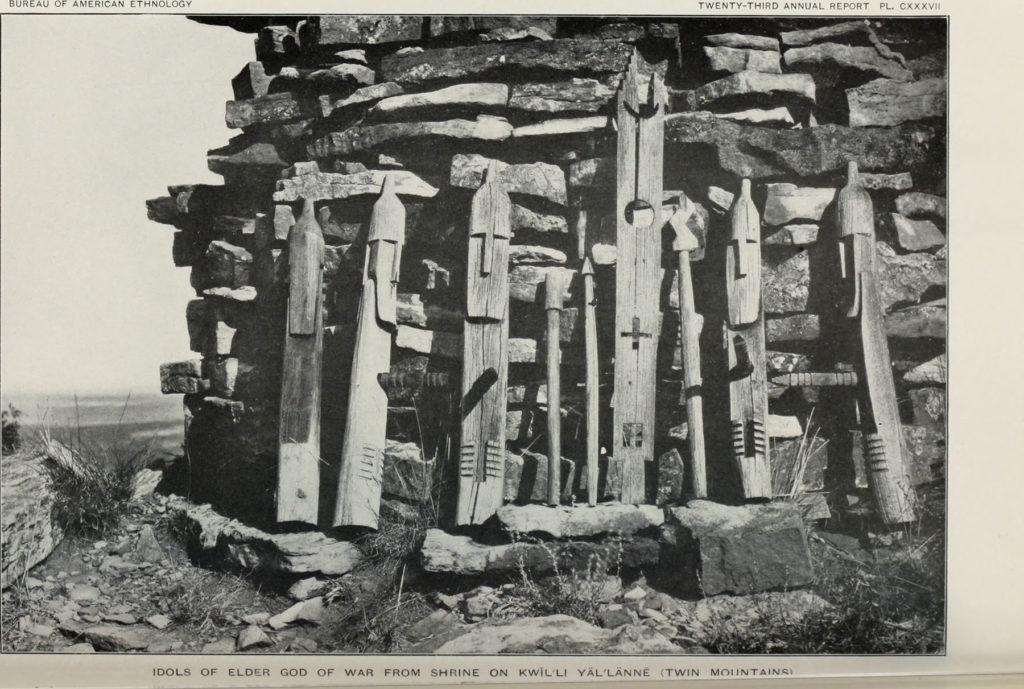Who is a good collaborator and who doesn’t play well with others is where I’m going with this assignment post. It is darn near impossible to compare online museum exhibitions because all there is to see art the results of their works. Though the websites may look great with solid information or accessible data collections, I figure the best way to determine if a museum is a good collaborator or not, is to search for any negative press. The British Museum has made quite a splash with negative press over their refusal to repatriate artifacts like the Rosetta Stone as well as they do other things like lend the objects in question instead of returning them to rightful owners like the Greece’s Parthenon marbles,
“Greece has rejected the prospect of a “long-term loan” of the Parthenon marbles from the British Museum in London, despite reports just last week that the two sides were nearing an agreement. Senior Greek ministers refuse to acknowledge that the U.K. institution legitimately owns the sculptures or that it therefore has the right to loan them out.” Dispelling Rumors, Greece Has Rejected the British Museum’s Offer to Return the Parthenon Marbles as a Long-Term Loan, (Jo Lawson-Tancred, 2023).
The British Museum is bad but there’s another museum in the UK that upset me all week long, the ugly Pitt River Museum. While reading Gwyneira Isaac’s article “Whose Idea Was This? Museums, Replicas, and the Reproduction of Knowledge,” (2011) for another my Anthropology of Art class assignment, I learn that the Pitt River Museum is still in position of a Zuni Pueblo artifact they accessioned over 100 years ago from pioneering cultural anthropologist, Frank Cushing. The item is an Ahayu:da which is a War God statue.
Issac’s 2011 article addressed a great deal of repatriation discussions about the Ahayu:da in the early 90’s yet the Ahayu:da still had not been returned as of 2011. So, I wanted to know what is happening currently. I went to the Pitt River Museum site and hit a dead end on their collections database. I couldn’t find any mention of Zuni, Pueblo or Ahayu:da on their site. They do say their database is undergoing construction so there may be some information there, but it is not accessible right now. That dead end search led me to think maybe there’s a Zuni museum out there who would know about the status of the Frank Cushing’s Ahayu:da. I found the A:shiwi A:wan Museum and Heritage Center in New Mexico. I called them directly and learn that do their best to collaborate and work with both private and public collections to retrieve misplaced Zuni cultural artifacts. I also learned about (for lack of a better word) wacky arrangements which these museums like the British Museum who choose not to repatriate but loan items instead. The person I spoke with on the phone at the A:shiwi A:wan Museum and Heritage Center, talked about this slight hand or whatever it’s called. Sounds like a raw deal to me. Do you know what it’s called when museums lend items that should be repatriated? Is there even a term for such an action?
The fact that I was able to call the A:shiwi A:wan Museum and Heritage Center, says to me that they are good collaborators whereas both the British Museum and the Pitt River Museum are not good examples of museums who play well with others.
